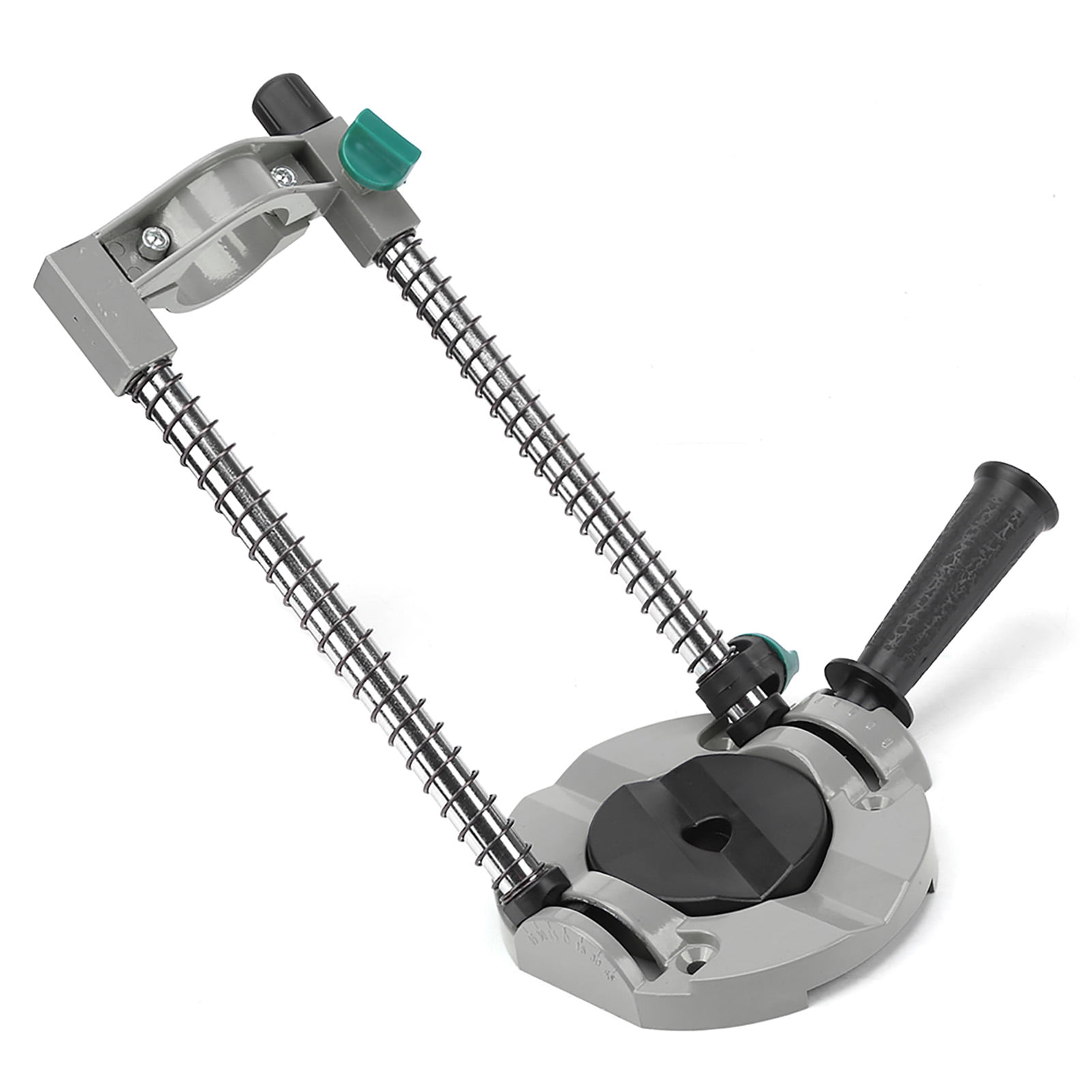

#4: Open a taxable investment account – single or joint Max out 401(K) first if your employer matches your contribution and then invest the rest in a Traditional or a Roth IRA. Refer to the Traditional and Roth IRA infographics to understand more about eligibility, contribution limits, and withdrawals. When you withdraw, you are not taxed on the withdrawals. You contribute to a Roth IRA with your after-tax dollars. When you withdraw from a traditional IRA, your gains are taxed. However, with a traditional IRA, you are only deferring your tax liability. Sort of like the 80C tax saving investments you make back in India. For H1B holders, in most cases, Traditional or Roth would apply.Ĭontributions you make to your Traditional IRA are tax deductible.

IRAs come in many flavors – Traditional, Roth, SEP, and Simple. And not everyone offers matching contributions. It’s similar to Employee Provident Fund (EPF) offered by employers in India.
#STOCK INVESTMENT GUIDE FOR H1B HOLDERS FREE#
It’s essentially free money you are losing out if you do not max out your 401(K). A 5 year delayed start can mean as much as a $519K difference in returns. The following chart shows how much $25,000 invested every year 7% returns, can grow to. The cost of not starting early can be pretty high. You can also choose a CD (Certificate of Deposit). Use your bank’s saving or checking account to keep your money safe. Set aside at least 3 to 6 months of expenses. The first thing you need to do is to build up an emergency fund. In some cases, you can even choose to let it stay invested in the US or withdraw penalty-free if you qualify for an exception. If you decide to go back to India, you can withdraw your money by paying a 10% penalty + any capital gains taxes on your investment.


 0 kommentar(er)
0 kommentar(er)
